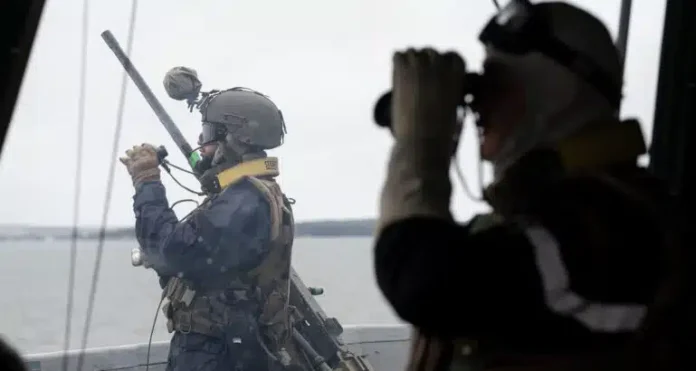The shallow waters of the Baltic Sea have become a secondary arena of confrontation in the larger standoff between the East and the West. Fears of hybrid warfare, coupled with key vulnerabilities on both sides, make this narrow stretch of water one of the key areas to watch as hybrid warfare activities expand and NATO bolsters its eastern flank. (Defense News.)


